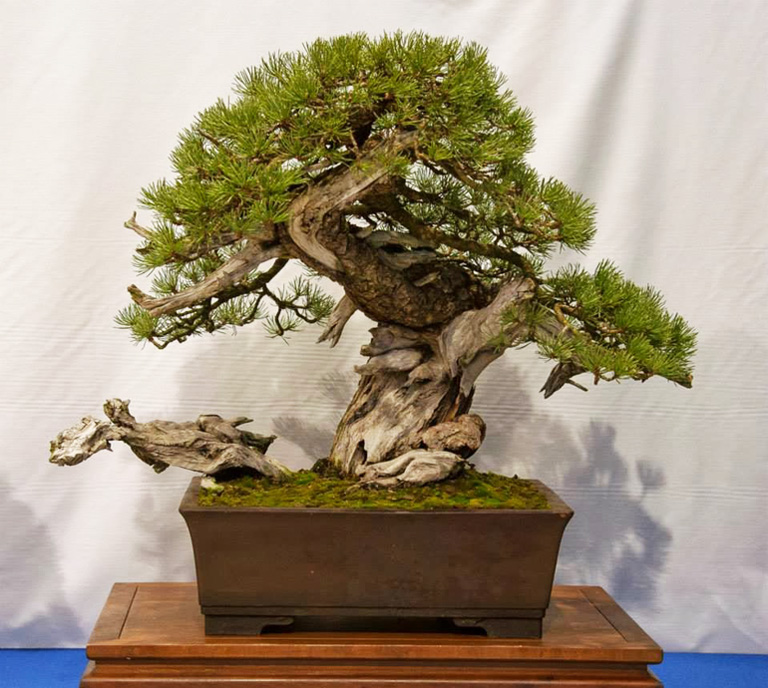 This impressive and rather massive Mugo pine belongs to Walter Pall. Like the other photos in this post (and the last post) it was taken at the 2014 Noelanders Trophy by Sandor Papp.
This impressive and rather massive Mugo pine belongs to Walter Pall. Like the other photos in this post (and the last post) it was taken at the 2014 Noelanders Trophy by Sandor Papp.
Continued from our last post…
One reasons European bonsai is more developed than North American bonsai is more relaxed import regulations. Much of the high quality stock that has appeared in Europe over the last fifty years or so originally came from Asia.
Though some high quality stock has been imported into North America, the U.S.has always had more restrictive plant import laws and over the last few years the situation has actually worsened with increasingly severe restrictions on imported plants.
Lately more quality bonsai stock is being grown and collected from the wild in both Europe and North America, but these things require skill and time. Meanwhile, imported stock offers a short cut to quality bonsai.
We’ll continue this discussion in our next post…
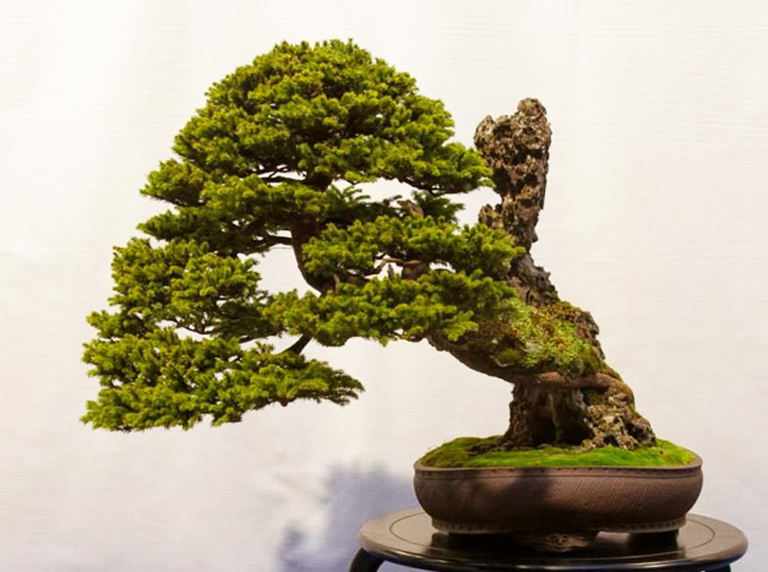
This powerful root-over-rock Spruce belongs to John Pitt. In addition to being a bonsai artist John is also an accomplish potter, so we’ll take a wild guess that the pot is also his. BTW: the variety of Spruce isn’t mentioned, but I think there’s a good chance that it’s a European spruce (aka Norway spruce, Picea abies).
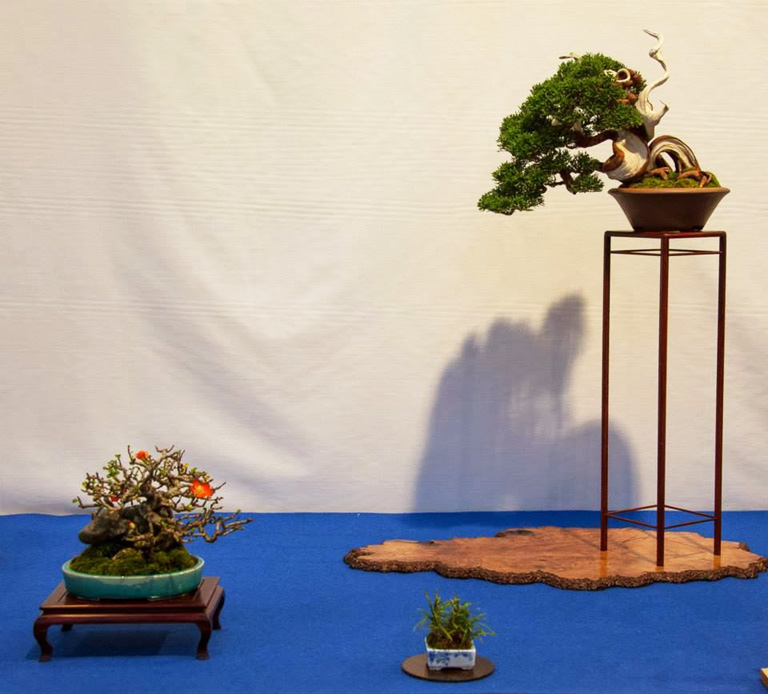 Kifu display by John Armitage. Kifu is a Japanese term that refers to medium size bonsai (roughly 20 cm to 40 cm tall). It’s hard to tell what the tiny plant is, but the other two look like Shimpaku and Quince.
Kifu display by John Armitage. Kifu is a Japanese term that refers to medium size bonsai (roughly 20 cm to 40 cm tall). It’s hard to tell what the tiny plant is, but the other two look like Shimpaku and Quince.
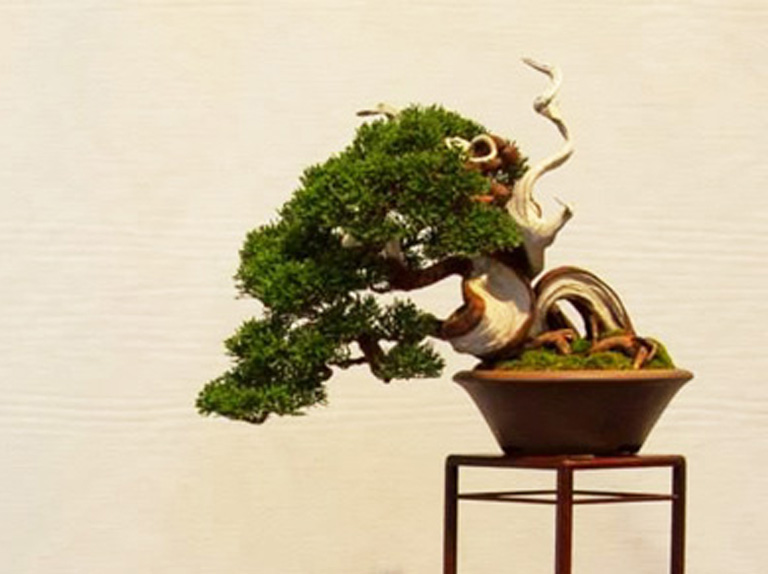 A fuzzy closeup of John Armitage’s Shimpaku from the photo above. I wonder if the stock was imported from Japan or Taiwan, or is home grown European. Maybe someone will clue us in.
A fuzzy closeup of John Armitage’s Shimpaku from the photo above. I wonder if the stock was imported from Japan or Taiwan, or is home grown European. Maybe someone will clue us in.
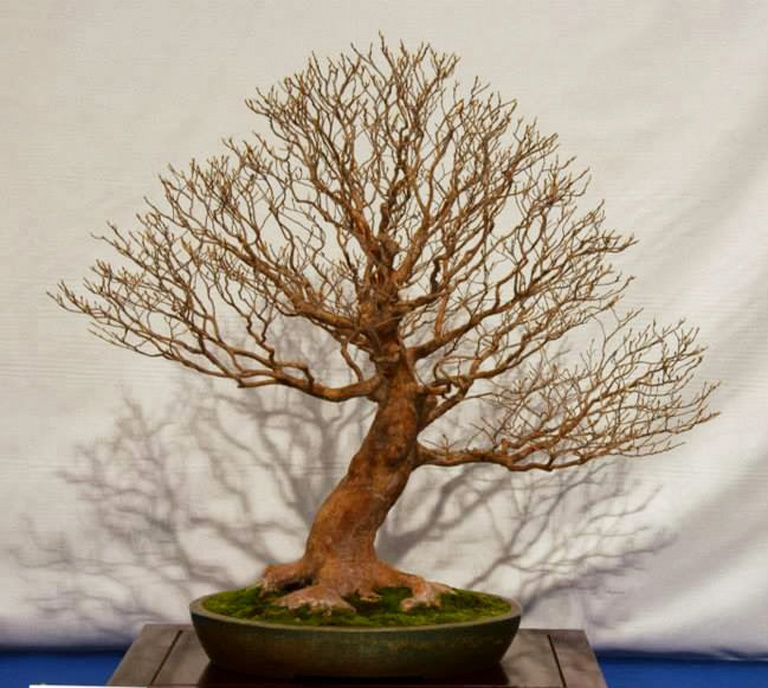 I was just going to show trees with the artist’s name attributed, but I couldn’t resist this lovely Stewartia with it’s remarkable nebari, trunk and ramification. I wonder if the stock comes from Europe or Asia.
I was just going to show trees with the artist’s name attributed, but I couldn’t resist this lovely Stewartia with it’s remarkable nebari, trunk and ramification. I wonder if the stock comes from Europe or Asia.
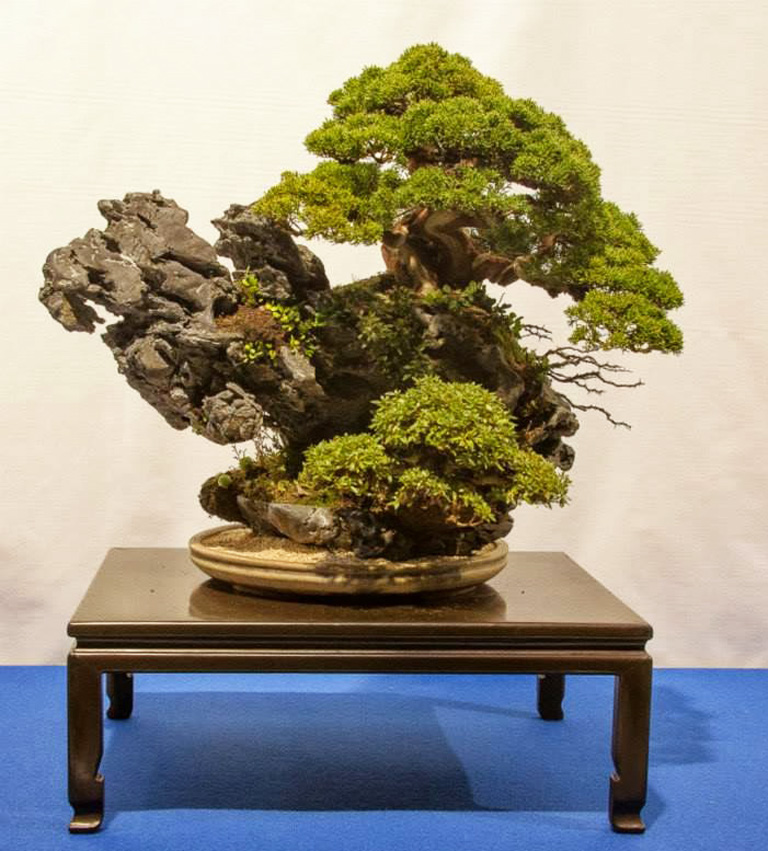
Here’s another unattributed tree that I couldn’t resist. Sandor’s only comment is ‘one of my favorites.’ I wholeheartedly concur.
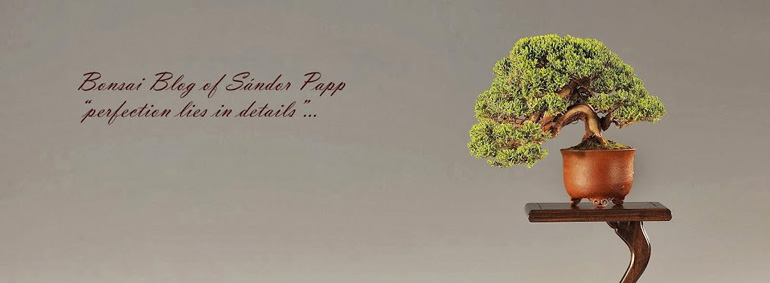
All of the photos in this post and our previous post are from The Bonsai Blog of Sandor Papp.
I believe the juniper in Johns photo is either Itoigawa or a Thunifera (hope I got the spelling correct) from northern Spain which is basically a Sabina but much tighter foliage.
The accent is a Quince.
Regards,
Gil Marriner
Nürnberg, Germany
One small correction Wayne. Medium bonsai are Chuhin, and are roughly 20 to 40 cm. Kifu is a subclass of Chuhin bonsai, and is 20 to 30 cm. I’ve heard that Kifu as a class was created as many excellent Shohin bonsai outgrew the class!
Here in New Zealand it’s almost impossible to import stock the restrictions are so severe so everything has to be grown from seedlings or cuttings or collected hence NZ bonsai still has a long way to go to produce such high quality trees as many other countries – but we’re having fun with our bonsai all the same. The trees that you show on Bonsai Bark inspire and encourage us.
Hi Wayne. It really concerns me when a person with your influence in American bonsai feels that we have to import bonsai to become a world class bonsai country. Instead maybe promoting the concept that we have to work harder at it to become better at it. We need to advance the use of American trees presented in an American setting. Be proud to be an American.
Hi Ann,
I’ve always felt that having fun is an excellent reason to do bonsai.
HI Robert,
I not sure you read me. There’s nothing wrong with being proud of who you and where you come from, as long as that pride doesn’t limit your ability to see things as they are.
Bonsai in the West and specifically in the U.S. has come a long ways in the last fifty years or so and I’m sure it will continue to evolve in the next fifty years. Especially as we develop our own stock. Meanwhile, we can learn from others. Japanese, Chinese, even Europeans. No problem.